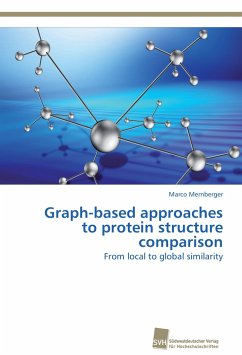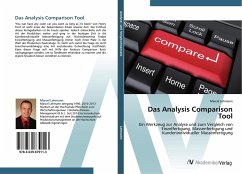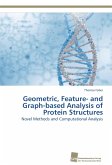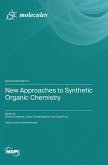The comparison of protein structures is a central task in structural bioinformatics. Drawing upon structural information enables the inference of function for unknown proteins, even without apparent homology on the sequence level. Regarding enzyme function, the conformation of the catalytic site or the binding pocket accomodating bound substrates or ligands is especially interesting due to structural constraints imposed by the catalyzed reaction or the bound molecule. Hence, these sites are likely to be similar in proteins interacting with similar molecules. This is especially appealing in pharmaceutics as it allows for the prediction of cross reactivities prior to expensive clinical trials. In this book, Marco Mernberger gives an introduction to protein structure comparison with a special regard to protein binding pockets and developes different graph-based approaches based on global, local and semi-global strategies. As it is not apparent which principle is more suitable for the detection of cross reactivities, a comparative study is conducted, highlighting the advantages and drawbacks of local, global and semi-global methods.








